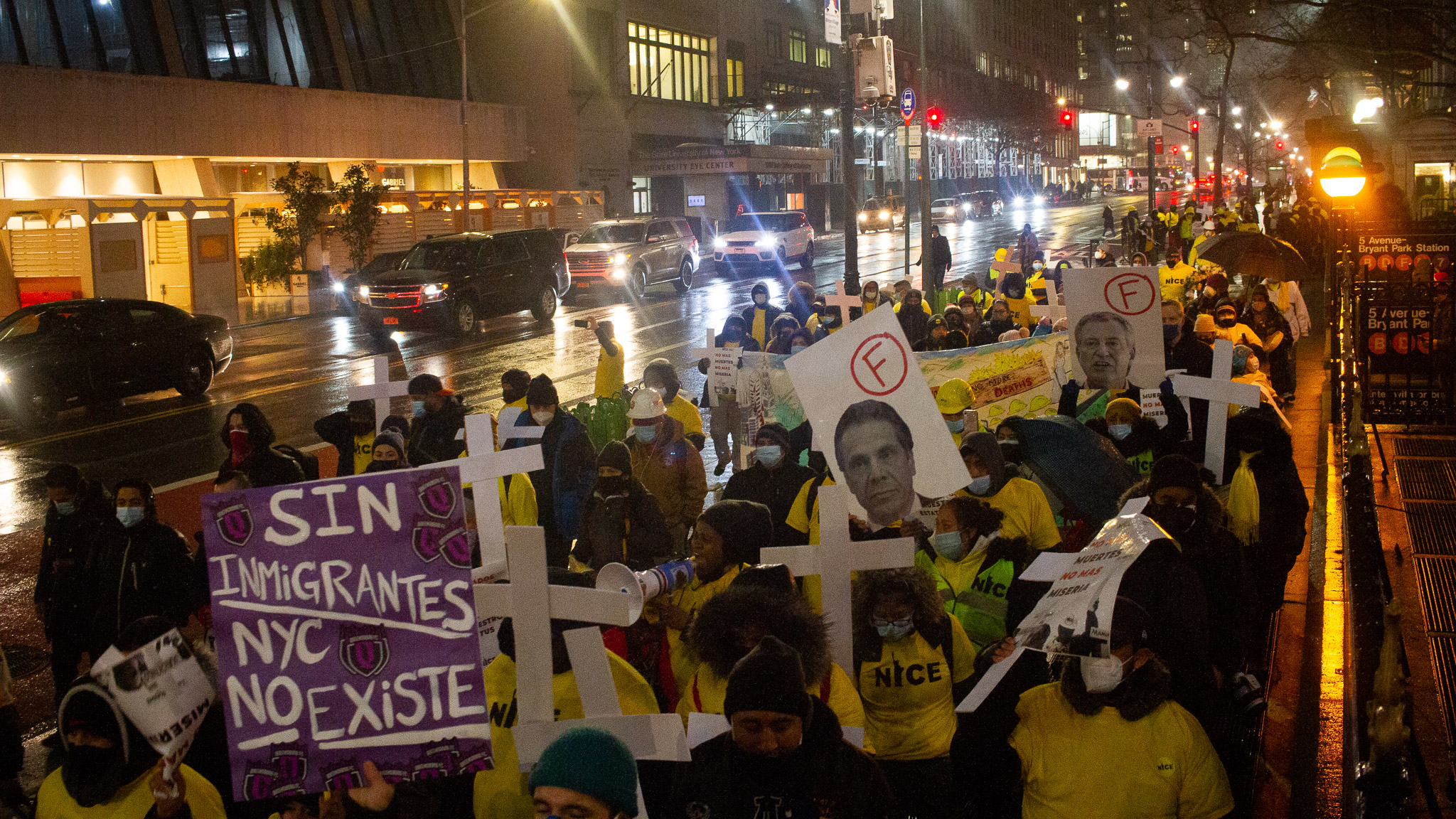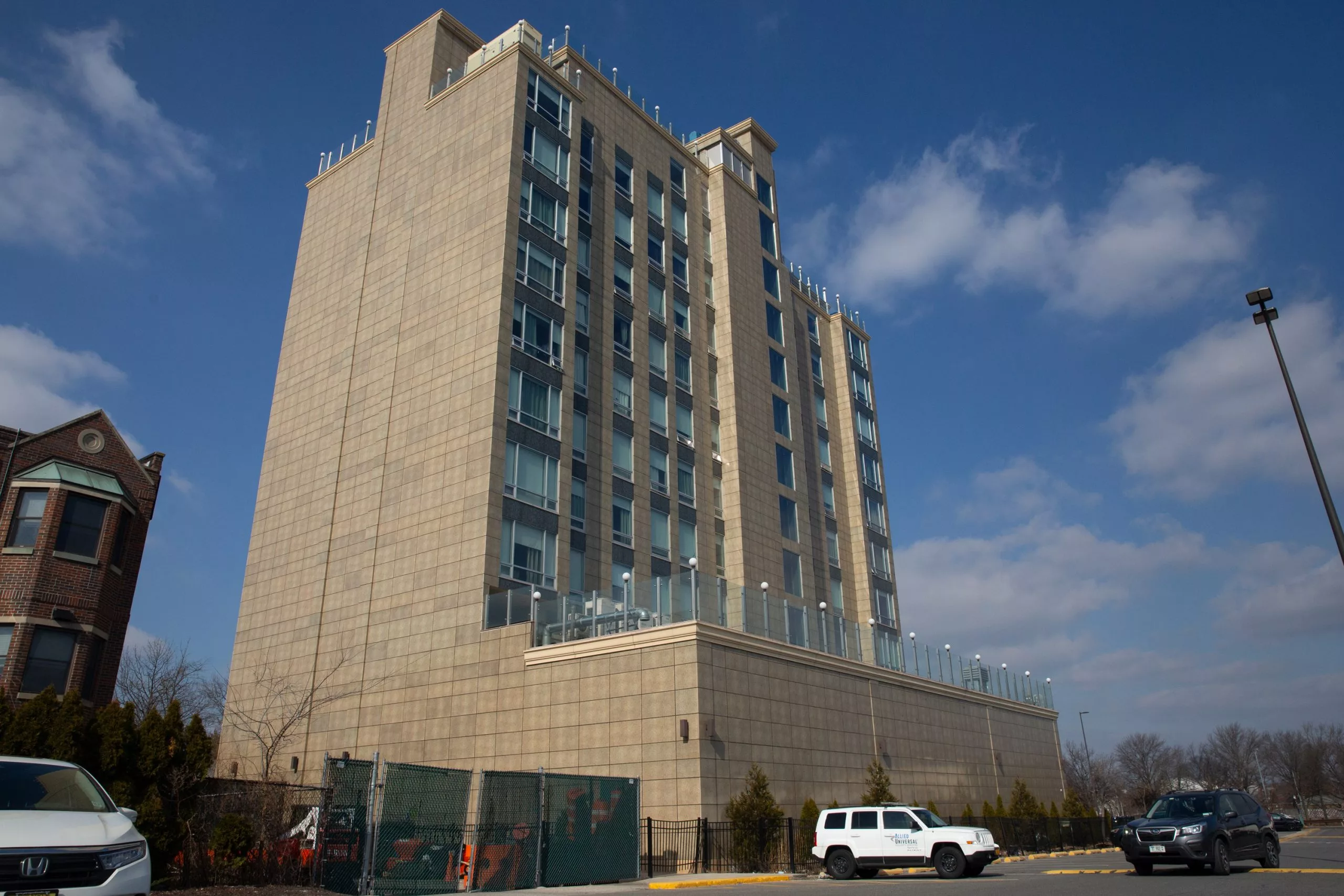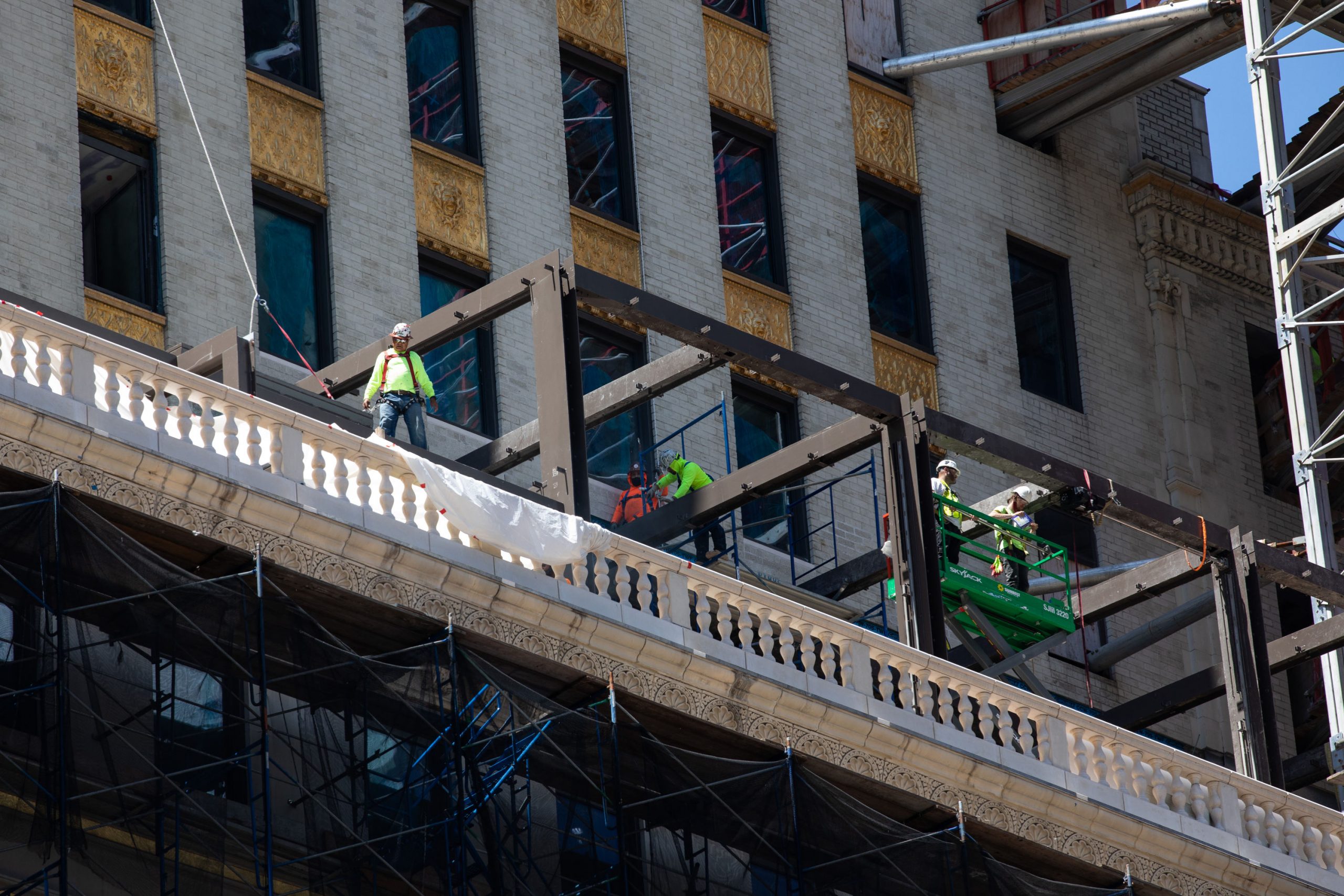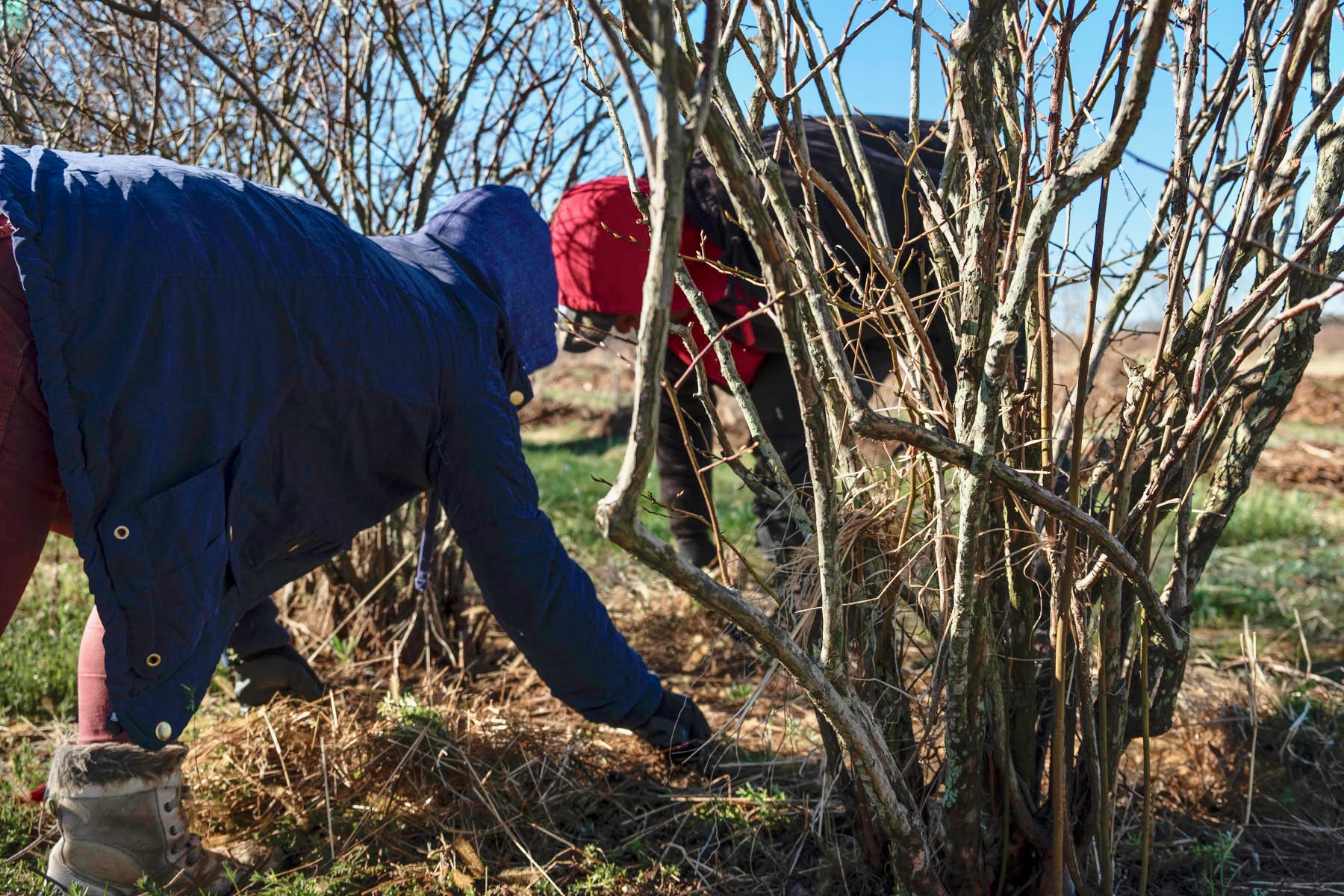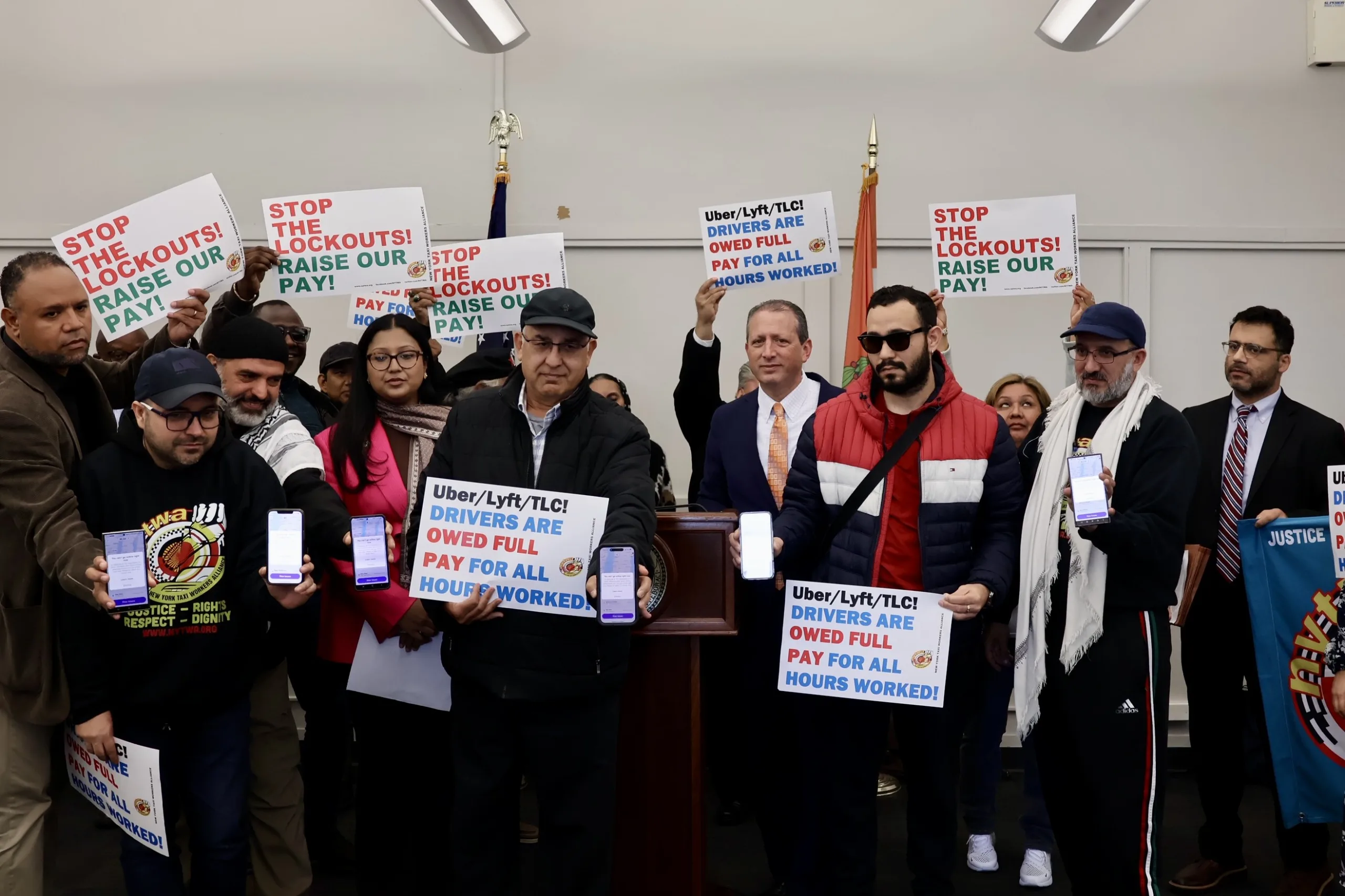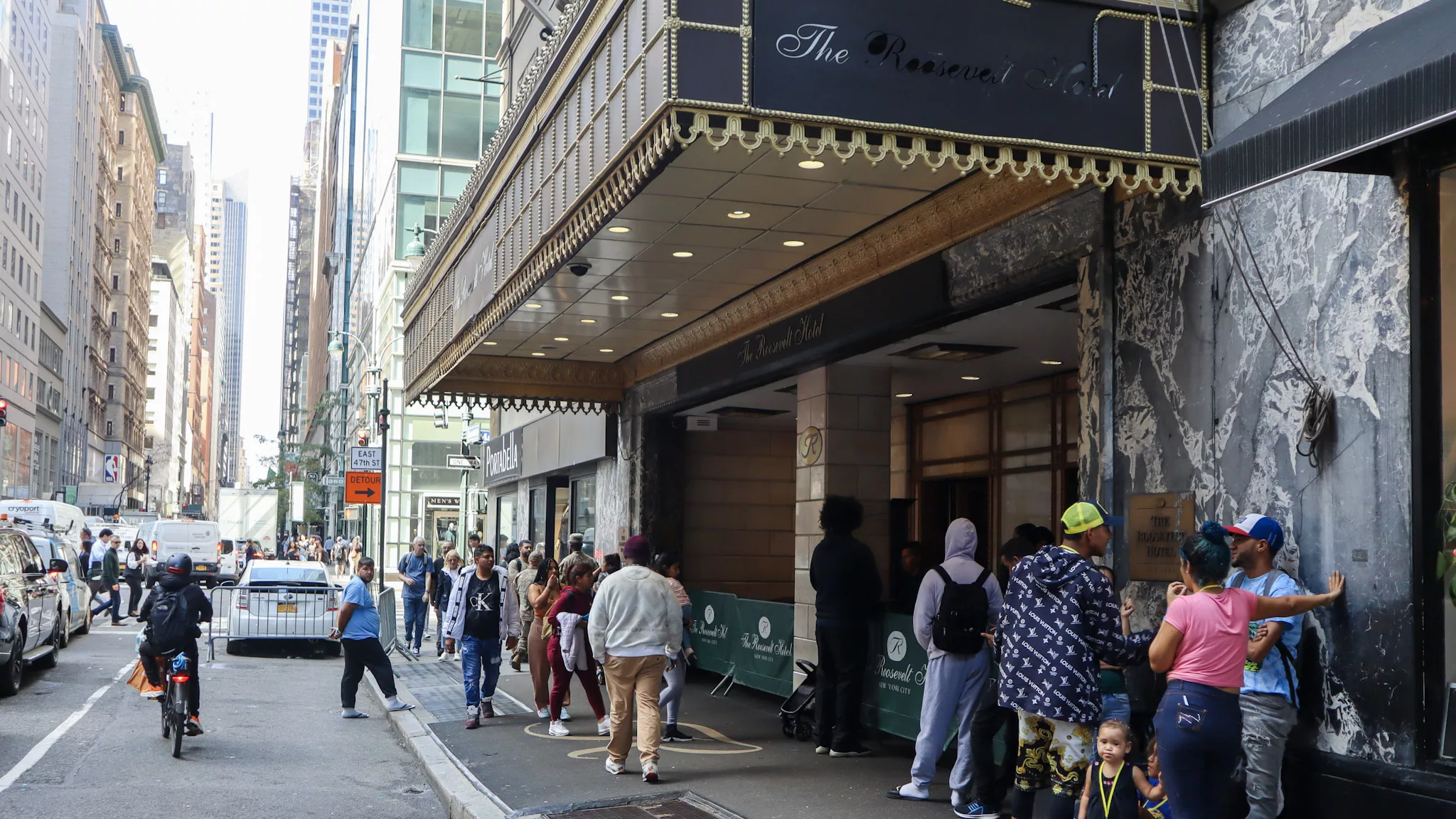Last March, when George Soros’ Open Society Foundation set up a $20 million pandemic financial relief fund for undocumented immigrants in New York City, City Hall was tasked with figuring out how to give the money away as fast as possible.
The Mayor’s Office for Immigrant Affairs tapped 34 community groups it had previously worked with for the program, called the Immigrant Emergency Relief Program. Some, like the Workers’ Justice Project, had a sprawling network of 10,000 members. Others, like the Carroll Gardens Association, had no formal members, but a few hundred contacts.
The money went directly to more than 24,000 people on a first-come-first-served basis, and potentially benefited nearly as much as three times as many, according to data provided to Documented by MOIA — making it a model for cities with large undocumented populations. But interviews with organization leaders show the city’s reliance on community groups — often necessary to reach undocumented people wary of government assistance — came with trade-offs that impacted who received funds, and when, with those already connected to orgnaizations most likely to benefit.
“We made a conscious decision that we were going to reach out first to the internal network that the organization had throughout the three centers,” Ligia Guallpa, the Worker’s Justice Project’s executive director, told Documented. “And even just calling out to our internal network, we had this huge line of people lining up outside of our center saying, ‘I need money. I need money. Where’s the money?’”
A year after its creation, Documented has put together a clearer picture of the Open Society Foundation’s fund through documents obtained through a Freedom of Information Law request, additional records provided by the city, and interviews with nonprofit groups and city officials who administered the funds.
City officials told Documented that the Immigrant Emergency Relief Program was a success, but the constraints from the relatively small amount of money, as well as the amount of data processing and other technological hurdles, have come into focus as the state prepares a fund that’s more than 100 times its size.
Also read: Excluded Workers Fund: How It Will Work for Undocumented Immigrants
The state’s $2.1 billion Excluded Worker’s Fund is set to pay as much as $15,600 to 275,000 undocumented immigrants who lost their jobs during the pandemic. While the state fund doesn’t rely on networks of community organizations to get the word out, it requires people to hand over documentation and prove their residency — which could be a major roadblock for anyone who doesn’t want to risk being tracked by the government. It’s also tiered, and those who don’t provide as much data receive $3,200.
Even during the early months of the economic collapse of the COVID-19 pandemic, the sensitivity around distributing funds to some in off-the-radar communities became apparent to organizers.
“Do you know how hard it is to give money away to vulnerable people?” said JoAnn Yoo, executive director of the Asian American Federation. “People are scared. They distrust the system. They don’t want to be in any kind of a database.”
“Our goal was to, in a short period of time, reach a breadth of community members that were left out, or unable to access, other public benefits or stimulus funding, and to do so with as much speed and trust as possible,” MOIA Commissioner Bitta Mostofi told Documented.
Also read: Here’s What the Top Mayoral Candidates Say They’ll Do for Immigrant New Yorkers
The groups were selected among a pool of organizations that had worked with the city before, and for the types of networks that they already had in place, Mostofi said. Some of the specific backgrounds and identities, as well as their professions, like domestic workers, street vendors, sex workers, and delivery drivers, data show. All told, nearly seven in 10 of the people who received direct assistance lived in Queens and Brooklyn.
Unlike federal programs, the private nature of the OSF money limits public visibility into the funding. This was designed to get around a Trump-era executive order that made it harder for immigrants who received public assistance from getting visas or green cards. The Biden administration repealed the order in March. The city only collected data in aggregate.
That has made it all but impossible to verify if funds have in fact gone to undocumented immigrants in need, though no one has accused any group of any wrongdoing.
Also read: Where Is the OSF Money For Undocumented Immigrants in NYC?
The city relied on community organizations to do their own verification of who needed the funds, and didn’t ask for personal information in records submitted to the city — though they could have more granular records on their own systems, according to city officials and organization employees. The new state fund requires personal information, like proving residency and employment.
The city has asked for some groups to check over its records, however. Jose Miranda Jr., the director of economic justice at Chhaya, said his group was auditing its own records after discovering the number of applications on its internal system was different from what it sent to MOIA.
“All partners have been asked to fact check their screening form data to ensure their reported metrics for the distribution of funding are as accurate as possible for final reporting to Open Society Foundations and the Mayor’s Fund,” Nicole Chin-Lyn, spokesperson for MOIA, said in an email. “For some CBOs, this request took longer than others. As a part of wrapping any program or contract, it is common practice to resolve any outstanding questions on reporting.”
While membership was not a requirement for anyone to receive the funds, the premium on speed — and the limited amount of resources available to handle the distribution work — appeared to have incentivized groups to focus on their own members first, according to interviews with organizers.
“We had an infrastructure set up to distribute the funds, and I think that’s probably why they selected us,” Ben Fuller-Googins, program and planning director for the Carroll Gardens Association, a group focusing on domestic workers, said. While the CGA initially only started with about 300 contacts, it soon expanded to as many as 4,000 after reaching out to communities to distribute the money, Fuller-Googins said.
Organizers described the weeks in June and July as a crush of requests from more undocumented immigrants than they had the money to handle, with long lines outside offices and inboxes filled with voicemials. Requests piled up because no more than 10% of the allocated money could be used for administrative support.
“One of the hardest things was, for us, about how we do assessments, who gets it and who doesn’t get it, and being able to have enough resources to do that work,” Guallpa said. “Unfortunately, we couldn’t benefit all of our network, and that was one of the most difficult decisions: who gets to get the funds. it’s very unfortunate that out of our 10,000 network, we have to choose 3,000 people.”
Last year, Documented spoke with 44 undocumented immigrants who shared their frustration at not being able to receive assistance from the Soros-backed fund (Read related article). At the time, undocumented immigrants were excluded from a $2.2 trillion federal financial relief bill, and many undocumented immigrants working in restaurants, construction, or as domestic workers suddenly had no government program to assist with the sudden loss of their jobs due to the COVID-19 pandemic.
In one case, a woman told Documented she was denied assistance by the Northern Manhattan Coalition for Immigrant Rights because she was not a member.
Mostofi said that MOIA reached out to the group after the story was published, and asked for them to retrain their staff. “They affirmed that nobody that was going through the screening for this program was being denied because they weren’t a member,” she said.
It’s not clear how much of the funding went only to people who were members of the organizations, but organizers said they also relied on word-of-mouth or partnered with other organizations to distribute it.
“A lot of the clients that we wound up serving heard about it through word-of-mouth over some key connectors in certain communities who spread the word out about the funds,” Miranda said.
Also read: COVID-19 is Driving Homelessness for Undocumented Immigrants in New York
In other cases, groups partnered with other organizations to give away the funds. For instance, the AAF worked with the Brooklyn Chinese-American Association, Hamilton-Madison House, and Korean Community Services of Metropolitan New York to distribute $250,000, Yoo said. Overall, MOIA identified 24 other organizations that were indirectly involved in distributing the money.
About half of the grantees received $1,000, the full amount intended for families, according to MOIA’s data. How the funds were spent varies, but most organizations suggested prioritizing the money on food rather than rent. And in some cases, workers invested in things like e-bikes so they could make money as delivery drivers.
Also read: Immigrant Delivery Workers Organize To Fight Rampant E-Bike Theft
City data show that the prevalence of people saying they would use the money to care for their families showed the impact would be as wide as 76,000 people. Couples and single parents, who made up about 12% of the grantees, received $800, while singles, nearly 25%, received $400. The rest received other amounts, which varied depending on whether they had received other forms of financial relief.
Organization officials uniformly said there was a push-pull of responding quickly to the urgency of their communities’ needs while carefully collecting data and filling out paperwork — a process that strained resources. “We had to work weekends, nights, early mornings,” Guallpa, the Worker’s Justice Project’s executive director, said.
Also read: Does the State Budget Rise to the Moment?
A copy of one intake form obtained by Documented included 24 questions, including questions about whether they’d been referred to other city resources or participated in the census. All told, nearly $2 million was spent on administrative costs, Mostofi confirmed.
“One lesson learned was, administratively, the burden was higher and necessitated greater administrative support for the CBOs who were administering the program,” Mostofi told Documented. “I think it’s one clear takeaway for us in going into additional projects.”
